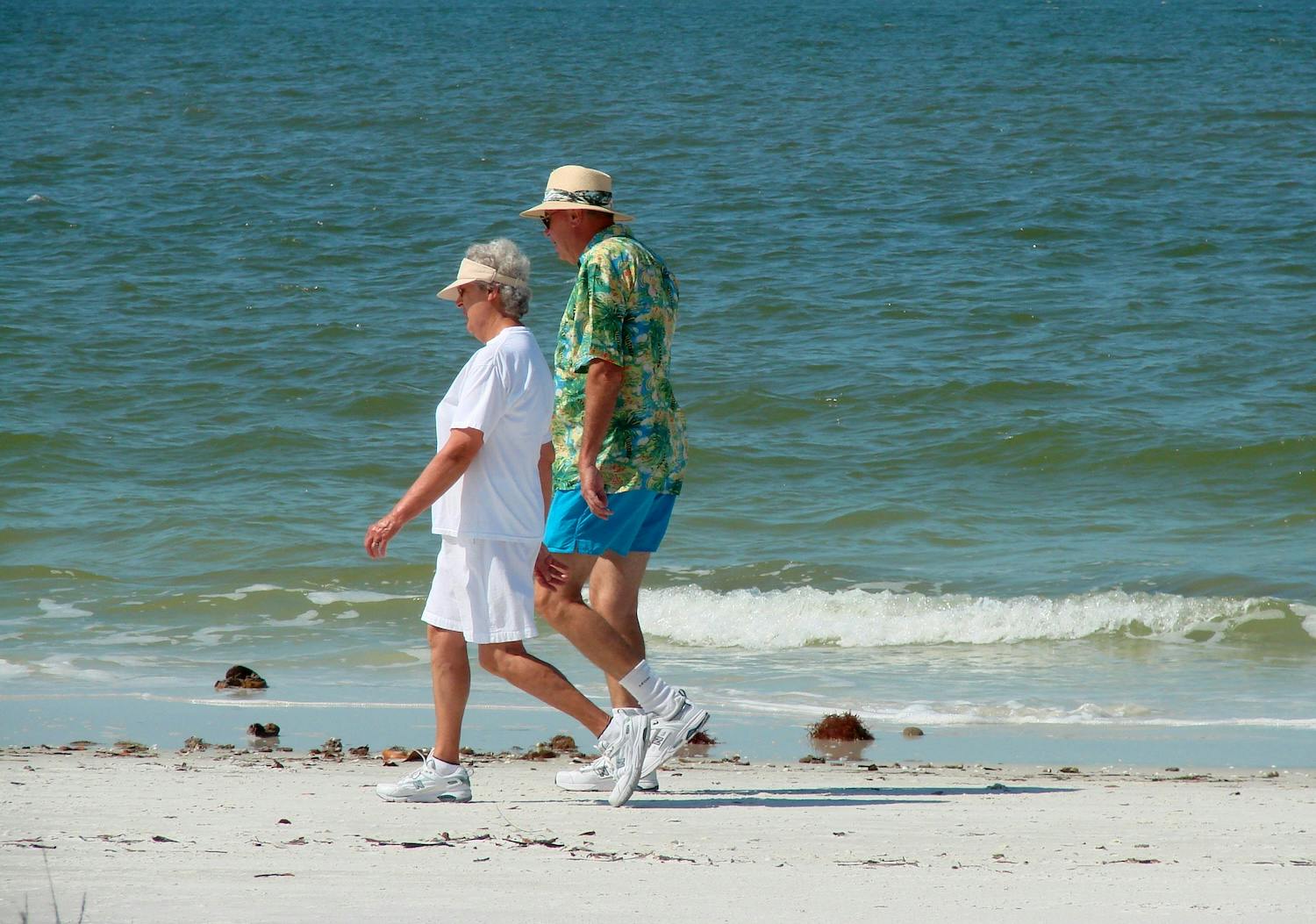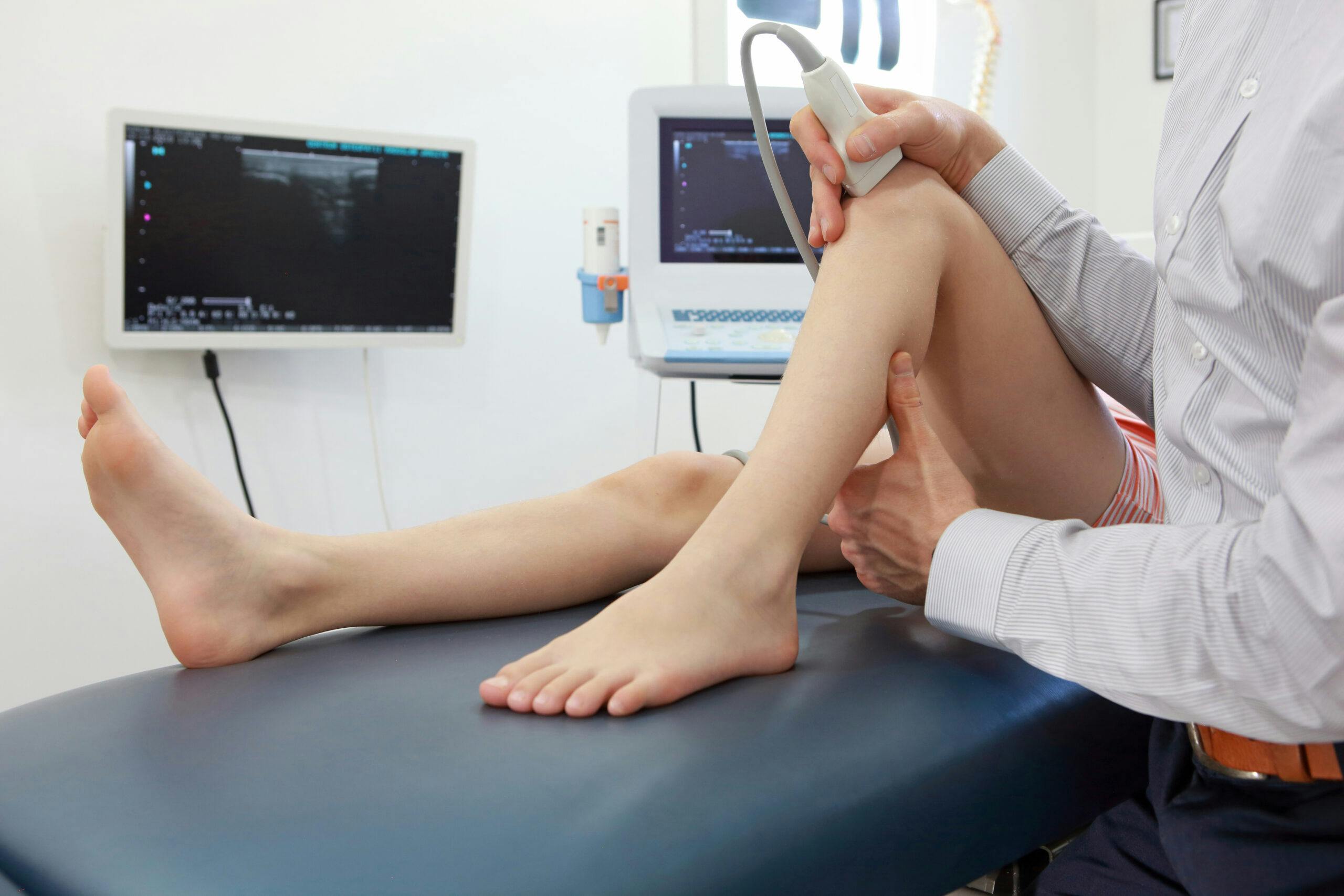- Blog
Common Knee Injuries
Posted on 12-12-2025 in Common Knee Injuries by Dr. Chris O'Grady

Posted on 12-12-2025 in Common Knee Injuries by Dr. Chris O'Grady
The knee joint is a large, complex joint that connects the tibia to the femur. It absorbs an incredible amount of pressure and impact from routine, daily activities like walking or going up a flight of stairs. Since the knee joint is so complex, it is susceptible to injury, and any knee injury should be taken seriously. While many knee injuries are easily treated with conservative measures such as physical therapy and bracing, more severe injuries may require the skill of an orthopaedic surgeon.
The knee is made up of multiple vital structures, and any of these structures can be injured. Here's a look at some of the most common knee injuries and the treatment needed to address them.
Fracture or Dislocation
Fractures and dislocations of the knee are common, with the most commonly fractured bone being the patella, which shields and protects the knee joint. Sports injuries or high impact falls can result in a fracture of the kneecap; however, it's possible the ends of the femur or the tibia can also be fractured. Immobilization is usually needed to treat fractures, and in some cases, surgical intervention may be required.
Dislocations of the knee occur when the bones move out of place. It can be the result of twisting the knee, or it can happen after a trauma, such as a high-speed impact or a fall. In some cases, the dislocation may correct itself, if not, relocation is needed by a medical professional.
Ligamentous Injuries
Tears or sprains to the ligaments that stabilize your knee are very common as well. Depending on the severity of the tear or sprain, pain may feel dull or shooting. A mild injury to the ligaments may be treated with rest at home, but severe tears often require orthopedic surgery.
Anterior Cruciate Ligament (ACL) injuries often occur during sports activities. Landing from jumps or changing direction quickly can result in a tear to the ACL. Many injuries include damage to various other structures of the knee as well.
Posterior Cruciate Ligament (PCL) injuries often take place while the knee is bent and there is an impact to the front of the knee. This most often occurs in car accidents, but can also be sports-related contact. In many cases, tears to the PCL are only partial tears that will heal without intervention.
Medial Collateral Ligament (MCL) may be injured due to an impact to the outside of the knee. Once again, sports-related contact is often the cause.
Lateral Collateral Ligament (LCL) tears are very rare, but they can occur due to an impact to the inside of the knee.
Meniscus Tears
The meniscus is the cartilage found within the knee joint and works to absorb shock to the area that takes place when playing sports or running. It not only cushions the joint, but also provides stability to the knee. Meniscus tears are often a result of playing contact sports, actions that require quick changes in direction, or activities that involve jumping, such as soccer and volleyball. Tears to the meniscus may also occur due to aging or arthritis. Depending on the severity of the tear, surgery may be required to make a full recovery.
IT Band Syndrome (Iliotibial Band Syndrome)
The iliotibial band (IT band) is a flexible, tough band of tissue running all the way from the hip to the lateral aspect of the knee. A strain or overuse injury can result in inflammation to this tissue, and often causes pain on the outside of the knee.
Arthritis of the Knee
Arthritis is a degenerative condition that can significantly impact the knee joint. Rheumatoid arthritis, which causes chronic inflammation and damage to the cartilage, can result in insignificant injury to the knee. Post-traumatic arthritis can also result in cartilage build-up and other knee damage. Osteoarthritis, which generally affects individuals over the age of 50, can also impact the knee. All of these types of arthritis can cause damage that needs to be treated, and in some cases, surgery may be required to repair the damage.
Why Florida Bone & Joint Specialists?
If you've sustained a knee injury or you're dealing with knee pain, it's essential to be evaluated by an orthopaedic surgeon. At North Florida Bone & Joint Specialists, Dr. Christopher O'Grady offers cutting-edge, expert care at the highest level for every patient. For patients that require surgical intervention, Dr. O'Grady uses arthroscopic knee surgery, which is minimally invasive, to get patients back on their feet as quickly as possible.

September is Healthy Aging Month, an observance dedicated to promoting the positive aspects of growing older and encouraging proactive steps toward maintaining long-term health. In its 33rd year, Healthy Aging Month inspires adults of all ages to focus on lifestyle habits that support vitality, independence and overall well-being.

Musculoskeletal ultrasound imaging offers orthopaedic patients safe, painless, and real-time imaging, without any harmful ionizing radiation or the need for uncomfortable positioning. As the first sports medicine physician in the region to utilize ultrasound for diagnostic and therapeutic purposes, Dr. Josh Hackel’s commitment to innovation has improved the accessibility of care for his patients.

According to the American Academy of Orthopaedic Surgeons, approximately 2 million older Americans sustain fractures yearly due to weak bones. By 2025, that number is predicted to rise to 3 million fractures annually. At North Florida Bone & Joint Specialists, we recognize the importance of maintaining strong bones, particularly as you age. In honor of Healthy Aging Month, the following tips can help you maintain, and even improve, your bone strength: